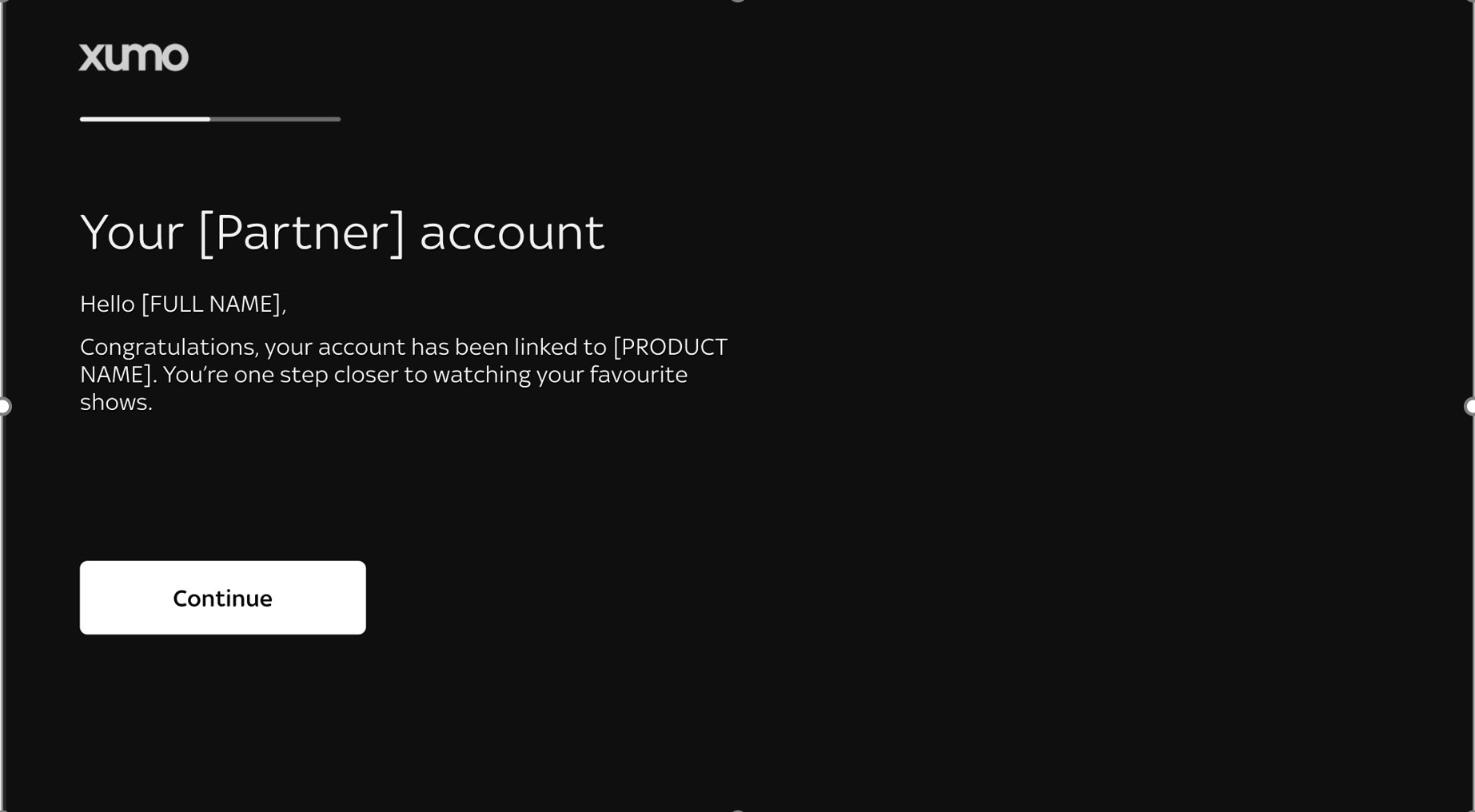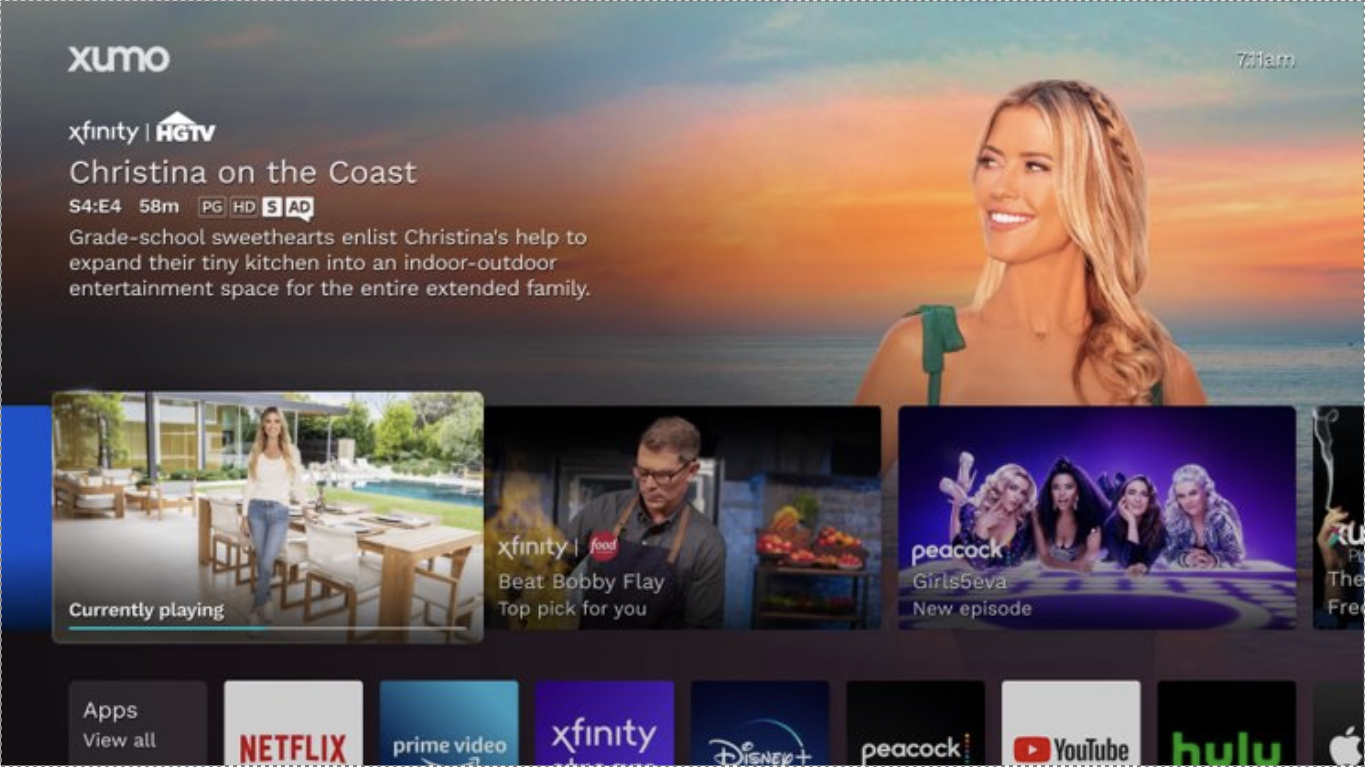This article discusses the lifecycle requirements for PVS (Preferred Video Service) Apps to call along with their benefits.
Benefits of PVS Apps
Apps adhering to the PVS Apps requirements gain unparalleled advantages within the X1 App Platform. Even if your App does not currently meet the full criteria for a PVS App, adhering to these standards can still provide numerous benefits and position your App closer to the status of a PVS App.
Benefit | Description |
|---|---|
Placement in launch | PVS Apps receive special treatment, such as automatic launching each time the device starts. Your PVS App will be prominently featured as the first highlighted item in the launch pad row. |
Entitlements and availability | Users can provide information regarding their entitlements and availability, which the PVS App utilizes to personalize content in line with user preferences. This feature enhances the user experience by offering content that is more relevant to individual users. |
Increased discoverability | PVS Apps are designed to share entitlements information through APIs, allowing the X1 App Platform to enrich the grid guide experience with pertinent content. This functionality significantly boosts the discoverability of your PVS App, making it more accessible and appealing to users. |
Continuity of viewing | PVS Apps possess the unique ability to tune into the last channel or content viewed by the user upon startup. This feature provides a seamless viewing experience, enhancing user satisfaction and engagement with the App. |
These benefits enable the X1 App Platform to distinguish between various Apps, providing preferential treatment to some over others. For example, if a popular movie is accessible through multiple Apps, those adhering to PVS standards will be more prominently featured in the X1 App Platform's user interface. The X1 App Platform uses these PVS-required calls to create personalized user experiences, highlighting content that is "free to me" on certain Apps and merely "available" on others. This distinction enhances the visibility and user engagement of your app, even if it is not yet a PVS App.
Firebolt® Requirements
All apps on the Platform must set a listener for the navigateTo intent before reaching the lifecycle.ready() state. This requirement standardizes navigation within our platform and is mandatory for application functionality. Your PVS App is also required to implement the following Firebolt® method calls:
Call | Description |
|---|---|
| Must call while in the inactive state. |
| Must call while in the inactive state. |
| Must be called at successful authentication at each app launch. |
| Must be called during media playback to enable watch history and continue watching. |
Additionally, the integration of specific Navigation Intent IDs are vital for leveraging deeplinking capabilities, allowing your App to provide direct access to particular content or channels reflecting user engagement or history.
Navigation Intent ID | Description |
|---|---|
| Utilized to identify and deeplink to the most recently tuned program. |
| Utilized to identify and deeplink to the most recently tuned channel. |
Examples
Device set up:
Capture watch history:
Content playing as device is started:
Content continues to play:
Importance of signIn as a PVS App
Sign-in allows your App to identify and authenticate users even if they are not entitled to access any specific piece of content. The sign-in process itself ensures that your App can recognize the user and that their preferred content is playing from the start up. If your App does not incorporate sign-in capabilities, it cannot participate in the aggregated experience/menu on the device as a PVS App. The signIn identification is essential for providing a personalized user experience, offering tailored recommendations, and allowing users to manage their accounts effectively.
If the user is not signed-in when the PVS App launches at startup, then your App metadata will not appear in the grid or be a deeplink option.
Importance of signOut as a PVS App
Sign-out maintains data accuracy, enhances security by allowing users to safeguard their accounts, and it provides an cleaner user experience. When a user chooses to sign-out from your PVS App, their session and access to personalized content are terminated. signOut removes the entitlements associated with the user account and their user preferences. Additionally signOut deprioitizes them as PVS app and they won’t appear in the grid or be the first deeplink option.
In scenarios where authentication fails or when the user suspects there has been unauthorized access into their account, they will be signed-out from your App. During free trials, users will be required to sign-in before watching free content.